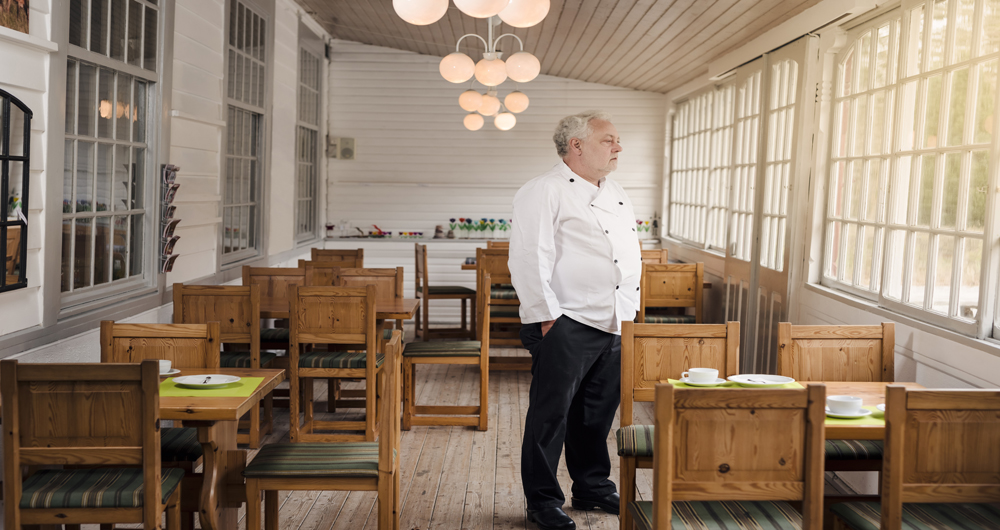There Must Be Tangible Damage |

A restaurant ran into a serious loss under the worst set of circumstance. Berries restaurant had the poor luck of having a long-term, roadway construction project located near their location. While the project did not physically block customers from coming, the restaurant owners argued that it did cause serious loss to their property and on their bottom line. Berries claimed that the construction created a high volume of dust and debris. It filed a claim asking for reimbursement for the cost of extensive cleaning expense. The claim also included substantial loss caused by having to repair its moveable wall, roof, and awning system.
Its insurer did not accept Berries' claim. It denied the loss, based on a bedrock element of its policy. In its view, there was no evidence of actual damage taking place at the restaurant. Absent tangible damage, its position was that Berries' loss did not qualify for insurance protection. Berries sued.
Click here for details on the manner in which a court viewed Berries' painful business loss.
|
| |
Not All Interruptions Are Eligible |

The lifeblood of eat-in food establishments is, obviously, diners. When events occur that prevent customers from entering an eating locale, that is definitely an interruption of business. It is also definitely a direct source of serious income loss which may contribute to whether a business survives.
While many personal and commercial property policies routinely cover business income/interruption loss, there is a major requirement. The interruption has to be triggered by a source of direct and physical loss; additionally, that source must be one that is eligible for the coverage under the applicable insurance policy.
Click here for an excerpt of wording regarding coverage found under the Time Element Section of Gordis on Business found in Advantage Plus.
|
| |
Protection Has Its Limits |

In this restaurant's situation, the considerable cost caused by the roadwork project was like a special bomb, causing devastation to the business but having no impact on its insurance policy. Certainly, we wish to look for opportunities to serve existing and potential clients, often by expanding or adding to their coverage. However, service does have a broader meaning that includes making sure that insureds have a strong understanding of what they have purchased.
In a world of dynamic change and emerging exposures, gaps do exist and, while often new products are created to fill them, even the best insurance situations include exposures for which no coverage exists. It is important to advise those you serve of limitations too.
Click here for an example of a letter that may be modified to reach out and educate clients found under Business Building Letters found in Advantage Plus.
|
| |
Reinforcing Exposures Faced By A Business |

Insurance professionals are in a position of great responsibility. Taking steps to educate clients is an opportunity demonstrate your value and credibility. In most instances, we don't seek out to deal with shortcomings of the products and services we supply. However, some of the most tangled problems encountered by agents and brokers involve losses occurring and there's a misunderstanding over coverage.
Insurance professionals serve clients best when they use their knowledge to align customer expectations with the protection they have selected. It certainly can be a difficult task, but commercial clients are familiar with the complexity of their businesses. It is an additional and valuable service to provide complete information on the world of risk in which they operate.
Click here to see a narrative on various coverages and exposures faced by restaurants, which is available to logically lay out what may be addressed within an insurance program. It's from The Commercial Risk Survey found in Advantage Plus.
|
| |
|
|
|